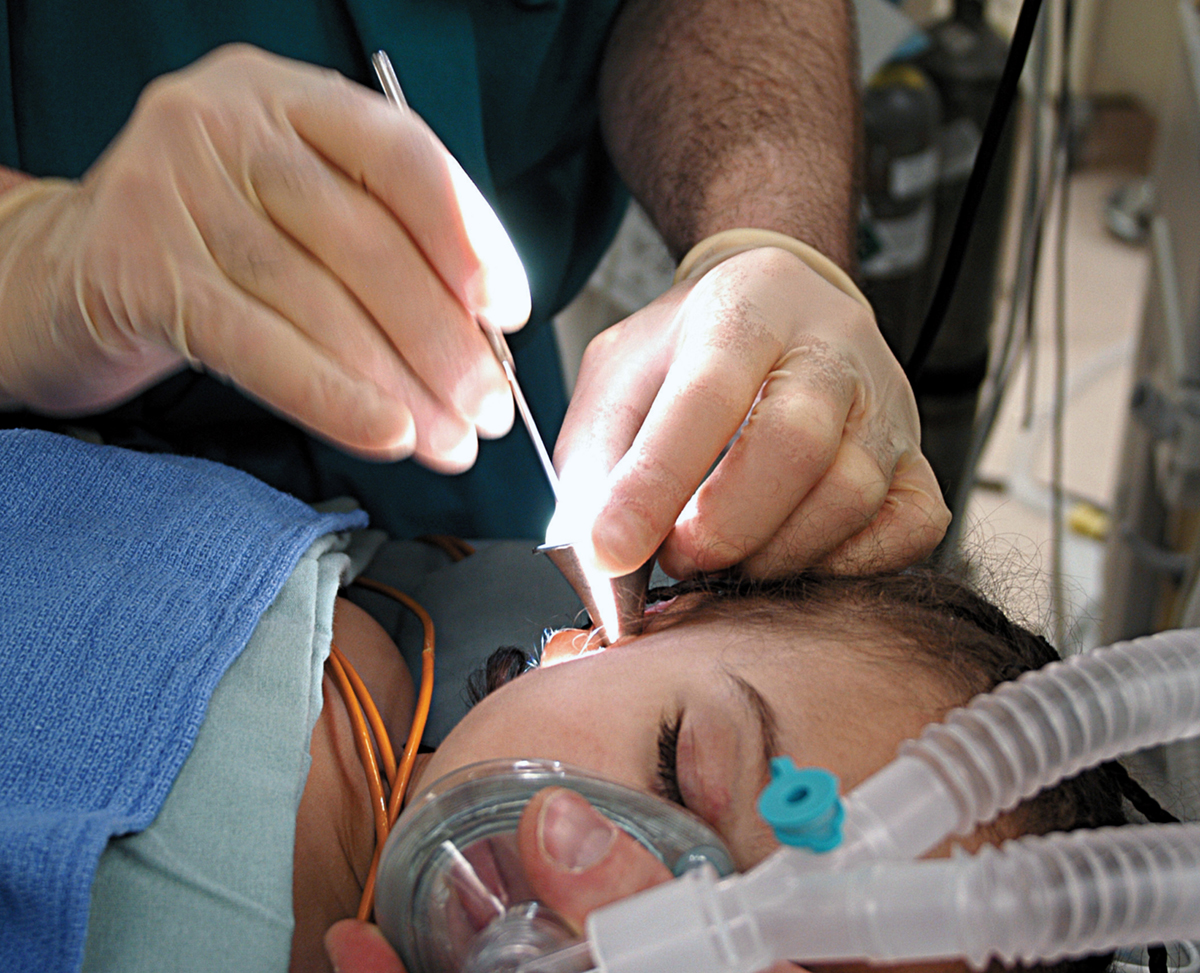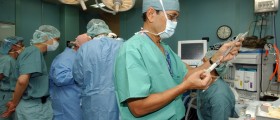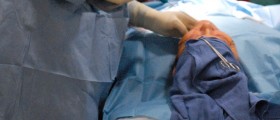
Grommet or timpanostomy tube is a tiny tube placed inside the ear to keep it ventilated and help dry up the excess fluid that has built up inside.
Grommet surgery
A surgical procedure for placing the grommet is necessary for patients who have excess fluid built up inside the ear that cannot drain out by itself or with the help of other non-surgical treatments like ear drops medicines and inhalers.
The ear is made up of three parts - outer ear, middle ear and inner ear. The eardrum is located between the outer ear and the middle ear. The middle ear is a space that connects to the nose and sometimes following certain illnesses and infections it can collect fluid. For some people it is not possible to remove the fluid without a surgical intervention in which a grommet is placed.
This surgery is done under total anesthetics and it is usually done as a day case meaning the patient gets to go home afterward.
The surgeon places the grommet, which is a small plastic tube, inside the ear drum. Before placing the tube, they will suck out the fluid from the middle ear, just like when vacuuming. The grommet will allow the air to flow from the outer and the middle ear drying up the fluid still left inside.
Following the surgery, it will take six to eight weeks for the fluid to drain out. Once it is gone the hearing problems caused by the fluid build-up will go away and hearing will improve.
The grommet usually stays in for about a year. During this period the hole the surgeon made in the ear drum will start to heal, pushing the tube outside, towards the outer ear where it will be stuck at the earwax, making it easy for the surgeon to take it out when the time comes. Rarely the removal of the grommet requires another although minor surgical procedure.
Possible complications
As it is the case with every operation, the use of anesthetics may cause complications for the heart and lungs.
It is normal for some liquid, possibly blood-tinged, to drain out of the ear. However if this persists for more than two days and if the discharge becomes thick, greenish or yellow and smelly, it may be a sign of infection. Fever is another sign of a possible infection.
Infections can be serious because they can progress, affecting the surrounding tissue and moving towards the brain.
In some cases, the fluid build-up can recur which means an additional surgery will be required. In two or three percent of cases the insertion and removal of the grommet leaves a permanent hole in the ear drum. In these cases a surgical procedure is required to close the hole.
















Your thoughts on this
Loading...